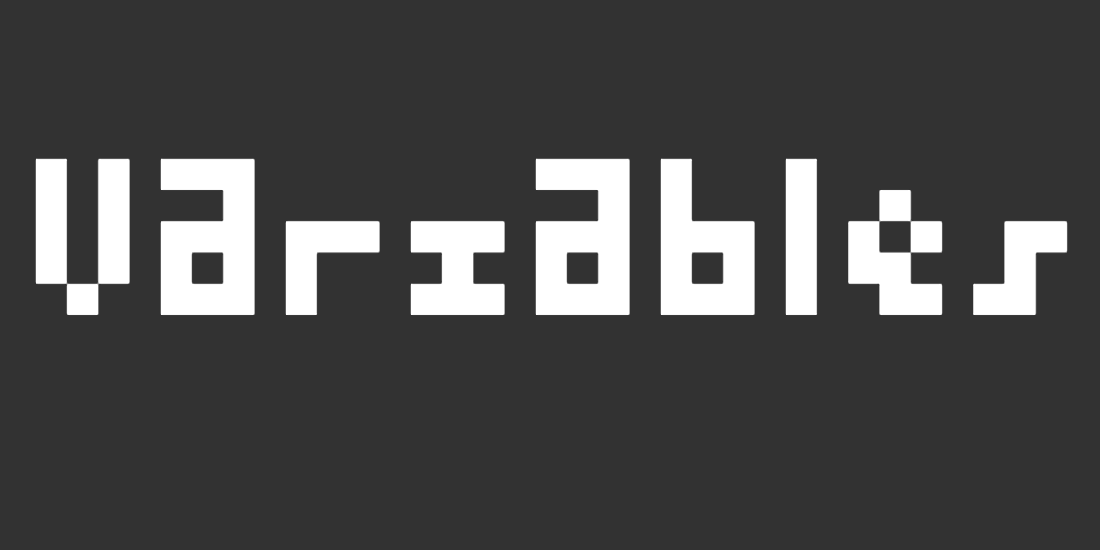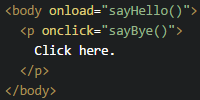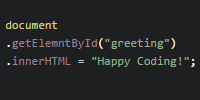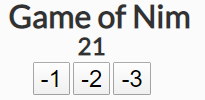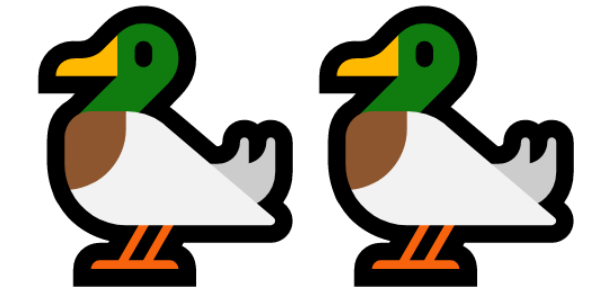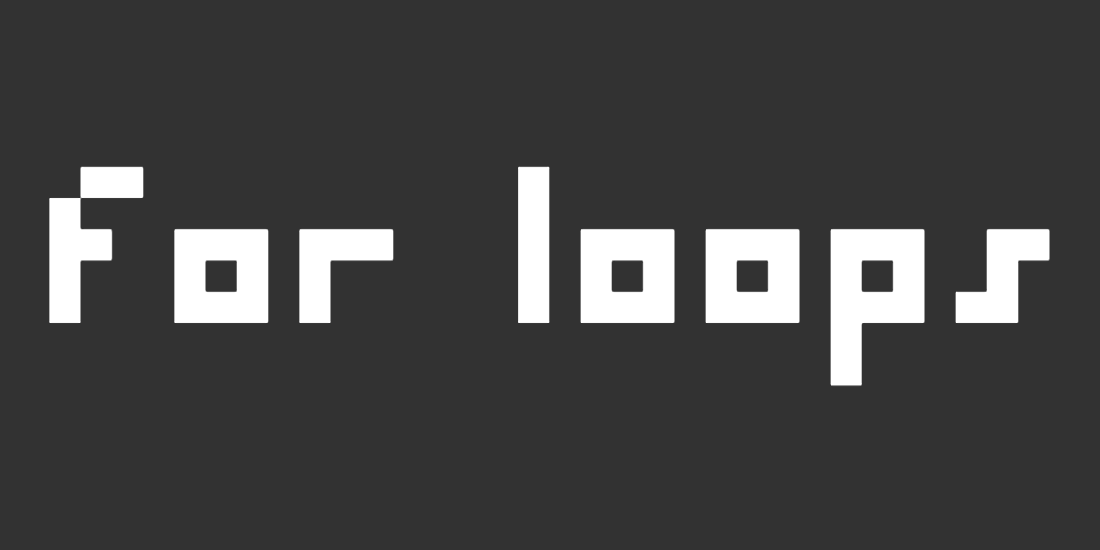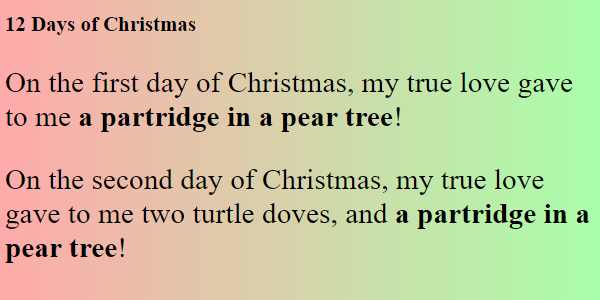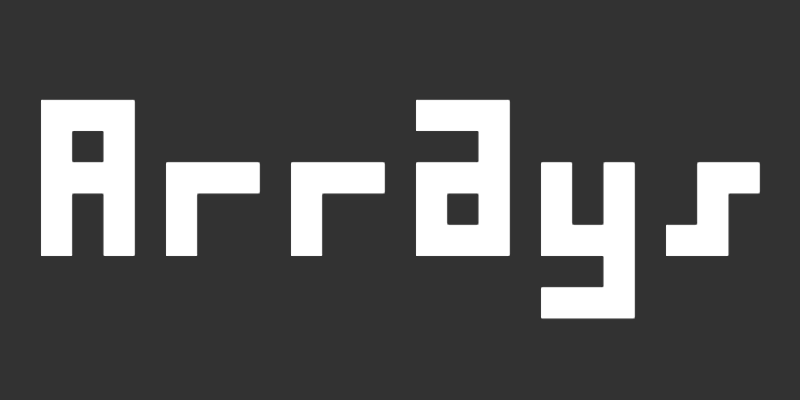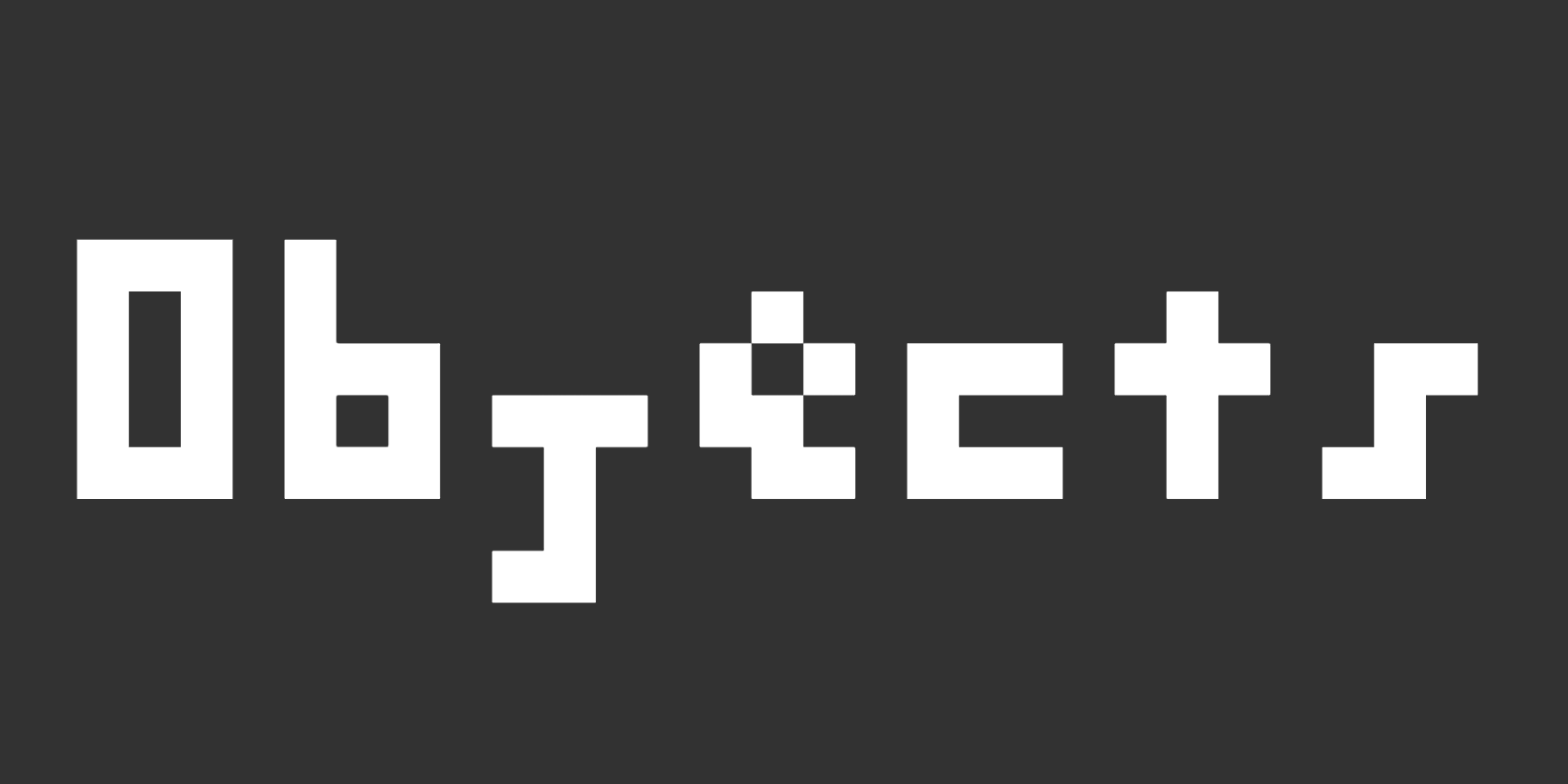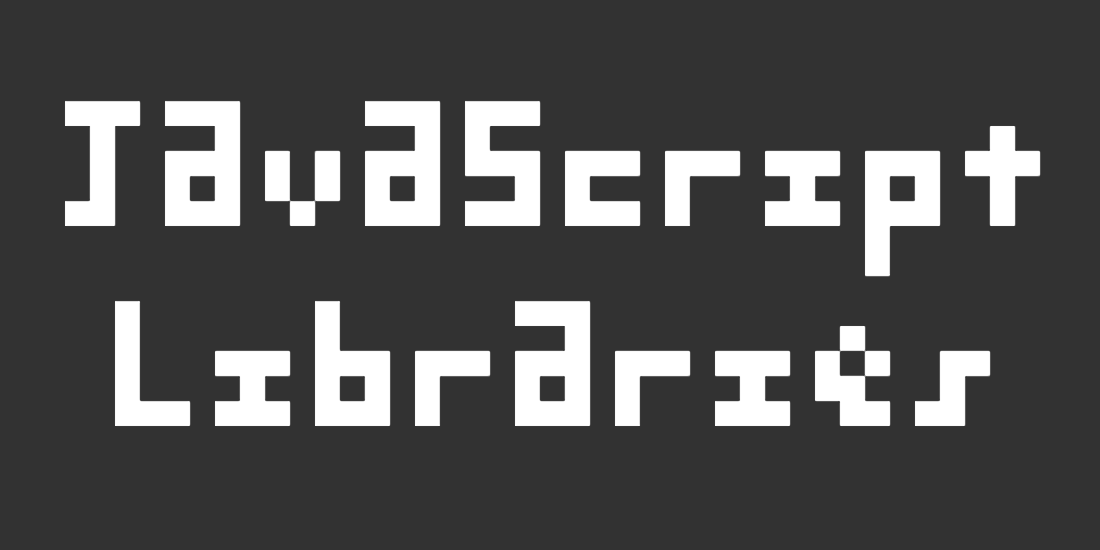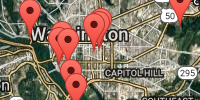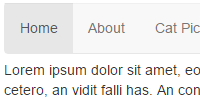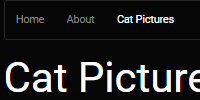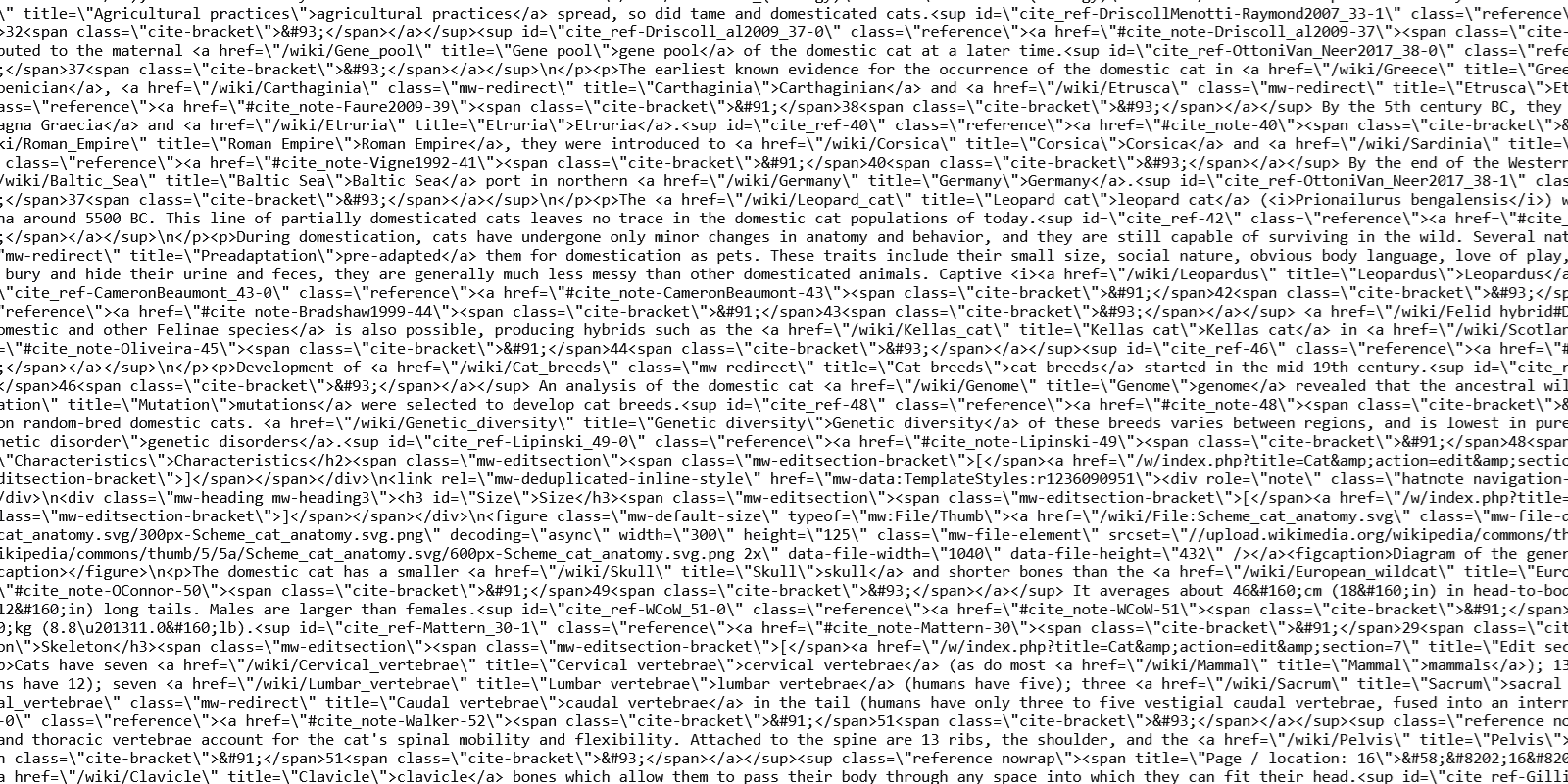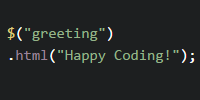Fetching Data
Fetching Data
Now you know how to build a React app using stateful components. So far, all of the examples used hard-coded data to build an app, but “real” React apps are usually built from data that comes from a server. This tutorial talks about using the fetch() function inside of a React component.
Fetch
The fetch() function lets you request content from a URL. That content is usually HTML that gets added directly to the page, or it’s JSON that gets further processed by JavaScript. Here’s an example:
See the Pen by Happy Coding (@KevinWorkman) on CodePen.
If you’re not familiar with the fetch() function, you can learn more here:
React Component Lifecycle
By now you know that React components must define a render() function, which returns React elements that then get converted to HTML elements.
React components can also define other lifecycle functions that React automatically calls at certain times. Here are some examples:
constructoris called when a component is instantiated. You’ve already seen this one!renderis called automatically when a component’s state changes. You’ve already seen this one too!componentDidMountis called when the component is added to the DOM, after the first time it’s rendered. This is a good place to fetch data.componentWillUnmountis called when a component is about to be removed from the DOM. This is a good place to clean up things like timers.
See the React.Component docs for other lifecycle functions.
React Fetch
Here’s an example that uses the componentDidMount() function to fetch data:
See the Pen by Happy Coding (@KevinWorkman) on CodePen.
(Click here to open the React fetch example in a new tab.)
When you load this example page, React first instantiates the App component by calling its constructor, then React calls the render() function. The first time around, the render() function returns content that contains a Loading... message. After the component is added to the DOM, React calls the componentDidMount() function, which then calls the fetch() function to fetch data. This example code uses promise chaining to modify the state when the response comes back. When the state is modified, React calls the render() function again, and then shows a random message from the fetched data in the page.
This example used promise chaining, but you could also use the async and await keywords to handle the response.
Nested Fetches
Here’s another example that contains nested components that all fetch data:
See the Pen by Happy Coding (@KevinWorkman) on CodePen.
(Click here to open the nested fetches example in a new tab.)
This code uses the Wikipedia API to fetch information about an article. It then creates child components for each image in the article, and those child components each fetch the URL of their respective image and display it.
To-Do List Example
Here’s our to-do list app, rewritten to fetch the data from a backend.
See the Pen by Happy Coding (@KevinWorkman) on CodePen.
For this example, the “backend” is a static JSON file that I created ahead of time, but you could use the same approach to fetch data from a REST API.
POSTing Data
Here’s an extension of the to-do list example, which also sends data to the server whenever the user modifies a task:
See the Pen by Happy Coding (@KevinWorkman) on CodePen.
This example code won’t actually work because HappyCoding.io isn’t set up to accept POST requests, but you could use this approach to send data to a REST API from a React app.


